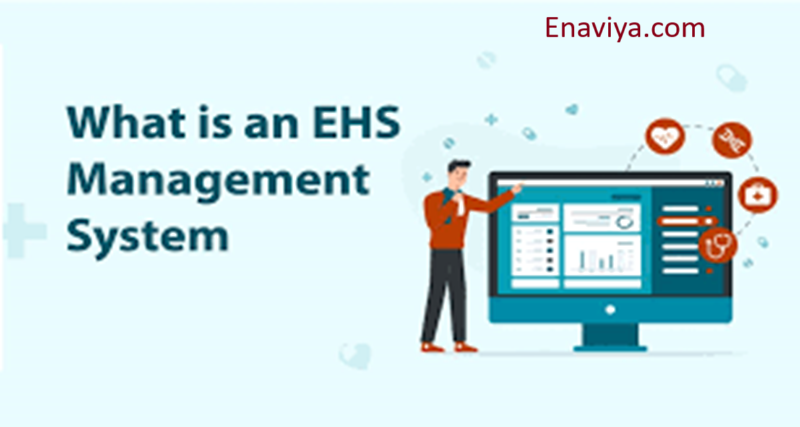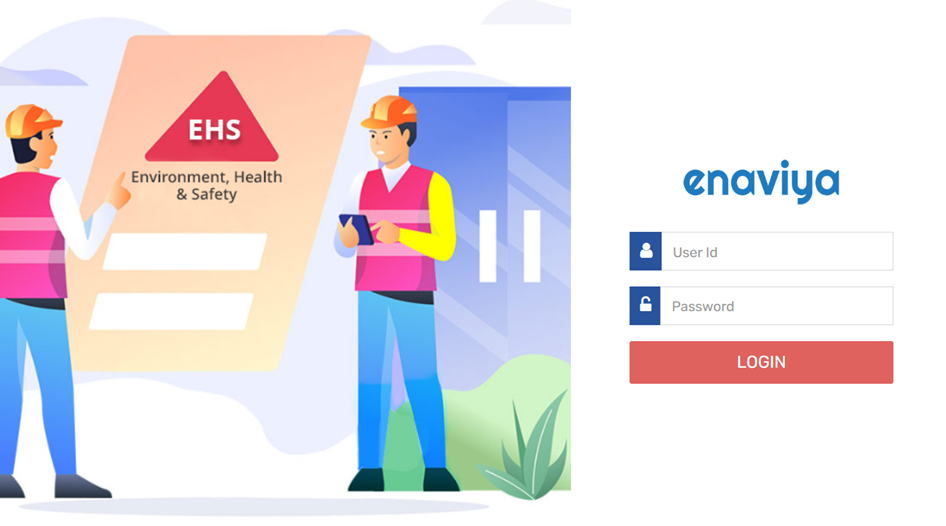In today’s rapidly evolving business landscape, organizations face increasing pressure to ensure workplace safety, environmental sustainability, and regulatory compliance. Environment, Health, and Safety (EHS) Management System provides a structured approach to managing these critical aspects, helping businesses minimize risks, enhance operational efficiency, and foster a culture of safety.
This comprehensive guide explores the fundamentals of EHS management system, their benefits, key components, implementation strategies, and best practices for modern businesses.
Table of Contents
What is an EHS Management System?
An Environment, Health, and Safety (EHS) Management System is a framework designed to help organizations systematically identify, assess, and control environmental, health, and safety risks. It integrates policies, procedures, and practices to ensure compliance with regulations, reduce workplace incidents, and promote sustainability.
EHS management systems are often based on international standards such as:
- ISO 14001 (Environmental Management)
- ISO 45001 (Occupational Health and Safety)
- OSHA Guidelines (Occupational Safety and Health Administration)
- EPA Regulations (Environmental Protection Agency)
By adopting an EHS-MS, businesses can proactively manage risks rather than react to incidents after they occur.
Key Components of an EHS Management System
A robust EHS management software consists of several interconnected components:
1. Leadership and Commitment
- Senior management must demonstrate a strong commitment to EHS by allocating resources, setting policies, and fostering a safety culture.
- Clear roles and responsibilities should be defined for EHS personnel.
2. Legal and Regulatory Compliance
- Businesses must stay updated with local, national, and international EHS regulations.
- Compliance audits and gap assessments help identify areas needing improvement.
3. Risk Assessment and Hazard Identification
- Conducting Job Hazard Analyses (JHA) and Environmental Impact Assessments (EIA) helps identify potential risks.
- Tools like Failure Mode and Effects Analysis (FMEA) and Bowtie Analysis can predict and mitigate hazards.
4. Training and Competency Development
- Employees at all levels should receive regular EHS training.
- Specialized training for high-risk roles (e.g., chemical handling, emergency response) is crucial.
5. Incident Management and Emergency Preparedness
- Establish protocols for reporting and investigating workplace incidents.
- Conduct emergency drills (fire, chemical spills, medical emergencies) to ensure readiness.
6. Performance Monitoring and Continuous Improvement
- Track Key Performance Indicators (KPIs) such as injury rates, near-misses, and emissions.
- Use Plan-Do-Check-Act (PDCA) cycles for continuous improvement.
7. Sustainability and Environmental Stewardship
- Implement waste reduction, energy efficiency, and carbon footprint reduction initiatives.
- Adopt Circular Economy principles to minimize environmental impact.
8. Employee Engagement and Safety Culture
- Encourage employees to report hazards without fear of retaliation.
- Recognize and reward safe behaviors to reinforce a positive safety culture.
Benefits of Implementing an EHS Management System
1. Regulatory Compliance and Avoidance of Penalties
- Non-compliance can result in hefty fines, legal actions, and reputational damage.
- An EHS-MS ensures adherence to laws such as OSHA, REACH, and EPA regulations.
2. Reduction in Workplace Incidents and Injuries
- Proactive risk management leads to fewer accidents, lowering workers’ compensation costs.
- A safer workplace improves employee morale and productivity.
3. Cost Savings and Operational Efficiency
- Preventing incidents reduces downtime and insurance premiums.
- Energy-efficient practices lower utility costs.
4. Enhanced Corporate Reputation
- Companies with strong EHS programs attract investors, customers, and top talent.
- Sustainability initiatives improve brand image and stakeholder trust.
5. Improved Sustainability and ESG Performance
- Strong EHS practices contribute to Environmental, Social, and Governance (ESG) goals.
- Investors increasingly favor businesses with robust sustainability programs.
Steps to Implement an Effective EHS Management System
Step 1: Conduct a Baseline Assessment
- Evaluate current EHS practices, compliance status, and gaps.
- Use audits, employee feedback, and industry benchmarks.
Step 2: Define EHS Policies and Objectives
- Establish clear, measurable goals (e.g., “Reduce carbon emissions by 20% in 5 years”).
- Ensure policies align with business strategy.
Step 3: Develop Procedures and Controls
- Standardize safe work practices (e.g., Lockout/Tagout for machinery).
- Implement Permit-to-Work (PTW) systems for high-risk tasks.
Step 4: Train Employees and Build Awareness
- Use e-learning, workshops, and hands-on drills for training.
- Ensure contractors and temporary workers are also trained.
Step 5: Deploy EHS Software and Technology
- Use EHS software (e.g., Enablon, Intelex, Cority) for incident tracking, audits, and reporting.
- Leverage IoT sensors for real-time air quality and equipment monitoring.
Step 6: Monitor, Audit, and Improve
- Conduct internal audits and third-party certifications (ISO 14001/45001).
- Use data analytics to identify trends and areas for improvement.
Step 7: Foster a Proactive Safety Culture
- Encourage near-miss reporting and employee participation in safety committees.
- Recognize teams with the best safety performance.
Challenges in EHS Management and How to Overcome Them
1. Resistance to Change
- Solution: Involve employees in EHS planning and highlight benefits.
2. Keeping Up with Regulatory Changes
- Solution: Subscribe to regulatory updates and use compliance software.
3. Data Management and Reporting
- Solution: Automate reporting with EHS dashboards.
4. Budget Constraints
- Solution: Start with high-impact, low-cost initiatives (e.g., safety training).
5. Lack of Employee Engagement
- Solution: Gamify safety programs with rewards and recognition.
Future Trends in EHS Management
- AI and Predictive Analytics – Machine learning predicts accidents before they happen.
- Wearable Safety Tech – Smart helmets and vests monitor worker health in real time.
- Digital Twins – Virtual models simulate workplace hazards for better risk assessment.
- Sustainability Integration – EHS and ESG strategies merge for holistic impact.
- Remote EHS Audits – Drones and VR enable inspections in hazardous environments.
Conclusion
An effective EHS Management Software System is no longer optional—it’s a necessity for modern businesses. By integrating robust safety protocols, environmental stewardship, and regulatory compliance, companies can protect their workforce, reduce costs, and enhance sustainability.
The future of EHS lies in technology, employee engagement, and proactive risk management. Businesses that invest in a strong EHS culture today will gain a competitive edge while safeguarding people and the planet.
Is your organization ready to take its EHS management software to the next level? Start by assessing your current practices and building a roadmap for continuous improvement.





